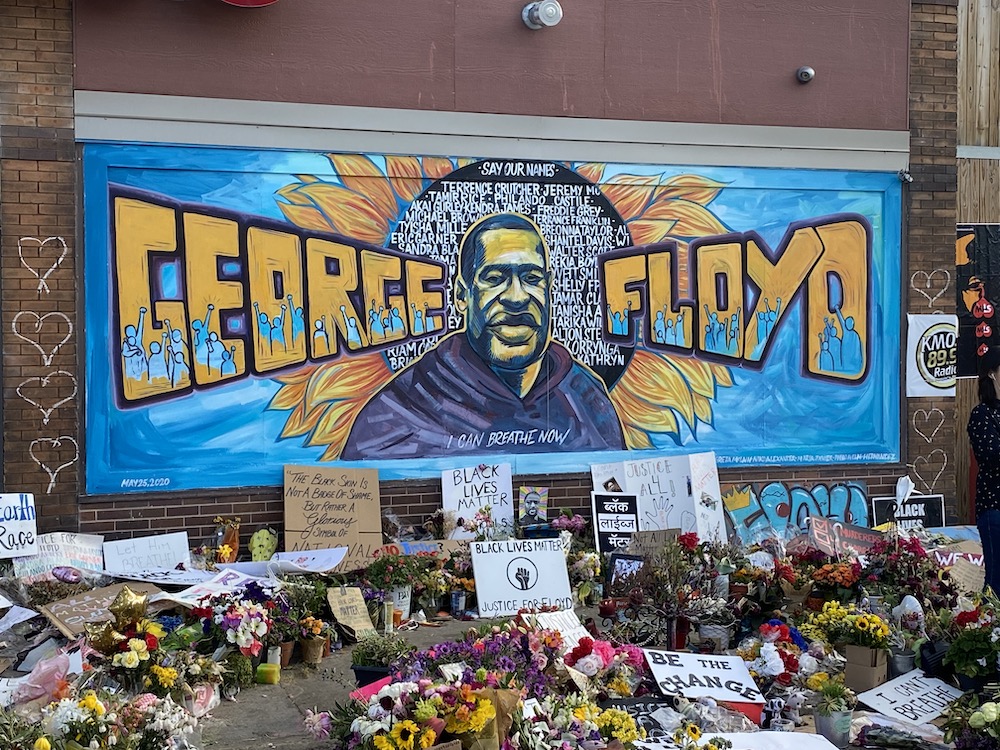The kindergarteners in Kathy Flicek’s class are learning more than their ABCs – they’re also practicing the Ds and Cs (for “duck and cover”) of school safety.
When the alert is announced over the intercom, the 5- and 6-year-old students at Greenvale Park Elementary School in Northfield know they must calmly walk to the windowless corner of their locked classroom, crouch on the floor, and remain quiet.
The students’ first duck-and-cover drill occurred in October, after they already had experienced a fire drill and a tornado drill.
“They took it amazingly well,” says Flicek. “It came at a point in the year when they trusted me.”
Greenvale Park isn’t alone in its practice of these lockdown procedures. The “duck and cover” drill, designed to separate students from a threatening person inside or directly outside the building, and the “stay put” drill, designed to protect students from a threat outside the school, are becoming routine for Minnesota schoolchildren.
Beginning last fall, the Minnesota Department of Education began requiring all public schools to perform at least five lockdown drills per school year, in addition to five fire drills and one tornado drill. The requirement was added to the crisis management policies all districts and charter schools adopted in 2000. The Department consulted with public safety officials and reviewed national policies before developing the guidelines. Realizing that schools’ needs differ, it gave the districts flexibility in designing the drills.
Unlike the air-raid drills of the 1950s, when schoolchildren cowered under desks, terrified of an imminent nuclear attack, today’s lockdown drills are designed to minimize student anxiety, while also enabling staff members to refine their responses to potentially dangerous situations.
“The purpose is to provide schools with a process for keeping kids safe, in the unlikely event this will happen,” says Minnesota Education Commissioner Alice Seagren. “Schools are very safe, and shootings are an anomaly. On the other hand, you want to be prepared at all times.”
Seagren says the lockdown drill requirement is part of a broader strategy to create a safe, positive environment in which troubled students are quickly identified and helped before their anger and isolation leads to violence.
Safety is the No. 1 priority for Julie Nielsen, principal of Middleton Elementary School in Woodbury, which serves 850 students in grades K-6. The building’s 100 staff members wear identification badges at all times, and all visitors are required to check-in at the office and wear large yellow stickers.
Nielsen says the three messages she emphasizes with students are that school is a safe place, that it’s important to listen to the adults in charge, and that everyone in the school plays a role in keeping the school safe, through actions such as addressing bullying and practicing conflict resolution. So far, parents at her school have not raised any concerns about the increased security measures or the implementation of the lockdown drills.
“The first time we did one, I almost cried. It was a sad day,” says Nielsen. “Yet, what I hear from parents is they understand why we have to do it.”
Mary Weir of St. Paul says she feels that her children’s school does an excellent job of providing parents with information about safety procedures. Weir has children in the second, fourth, and seventh grades at Capitol Hill Magnet School in St. Paul. When practiced in a calm, matter-of-fact manner, she says, the drills can help students feel more secure and comfortable, and they can teach students important skills they can use in other crisis situations.
“I wish we didn’t live in a world where we have to do things like this, but I personally feel safer when we have procedures to follow,” she says.
For more on talking to kids about safety-
Minnesota Department of Education: https://education.mn.gov/MDE/index.html
National Association of School Psychologists: MASPonline.org
Joy Riggs is a Northfield-based freelance writer.

















